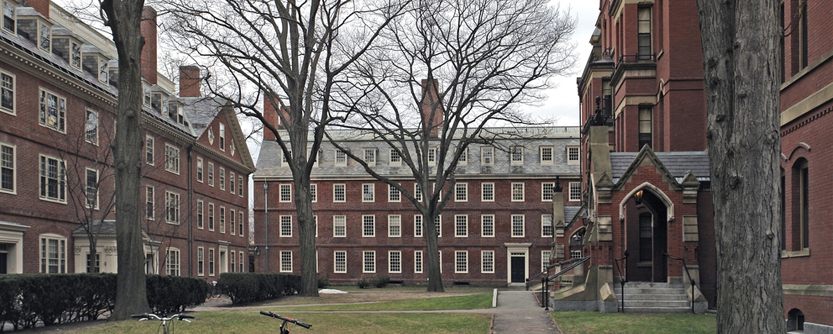Camden Yards Sports Complex awarded two LEED Certifications!
The Camden Yards Sports Complex, in partnership with the Maryland Stadium Authority, has been awarded two LEED Certifications. The B+O Warehouse has been certified LEED Silver and Oriole Park has been certified LEED gold, both under the EBOM (existing buildings, operations and maintenance) rating system.
The Complex joins a host of other sports venues that have been certified. According to the MLB.com, Orioles Park is only the fourth major league baseball stadium to be awarded Gold level certification.
The EBOM rating system focuses on existing building looking to undergo sustainable improvements to their every day operations and maintenance practices. It is used to help building operators measure their performance and addresses whole-building issues.
The Park and Warehouse demonstrate sustainable practices through waste audits and an increase in recycling, system upgrades, a dedication to using only sustainably certified green cleaning products, a decrease in energy demand through the use of off-site renewable systems, and a commitment to tracking and decreasing their greenhouse gas emissions.
Doo Consulting supported Paladino in achieving LEED certification. Specifically, Doo Consulting conducted the onsite refrigerants survey for both the Warehouse and the Stadium; tracked and monitored the use and purchase of sustainable equipment throughout the complex; tracked the facility alterations and additions documentation; and reviewed various policies to be implemented into the Complex’s maintenance program, such as the Integrated Pest Management Plan and the best management practices for IAQ management program.
While Doo Consulting has certified various entertainment venues, such as the new MGM Casino and Merriweather Post Pavilion, this is their first stadium.


